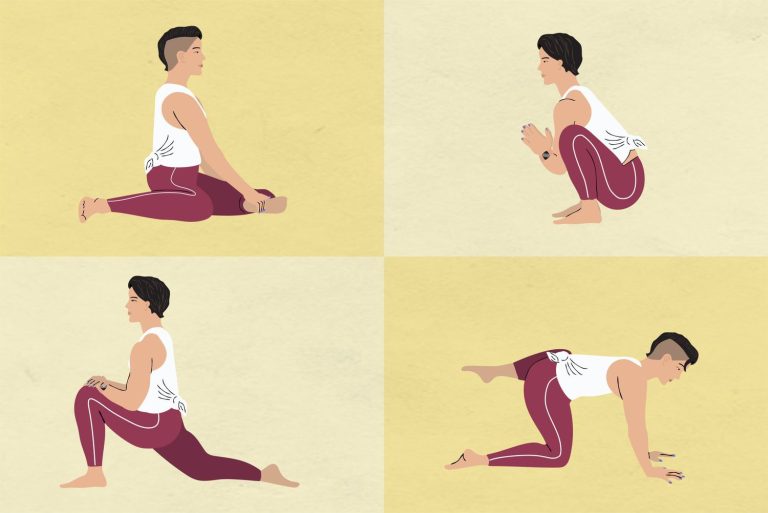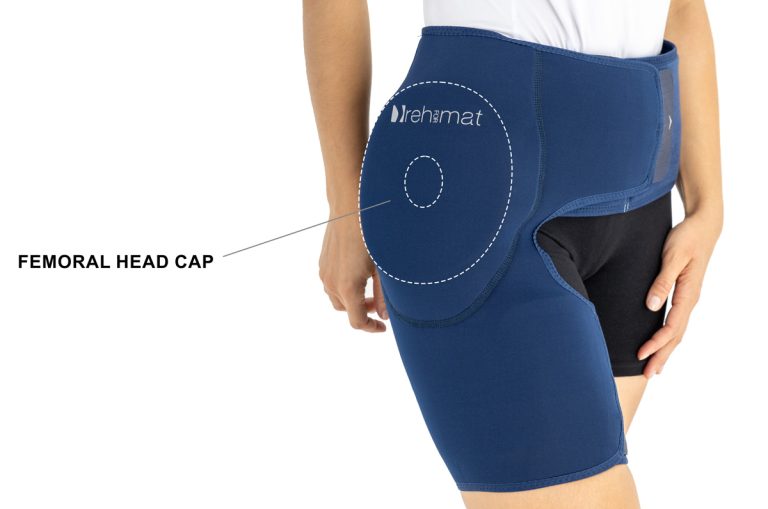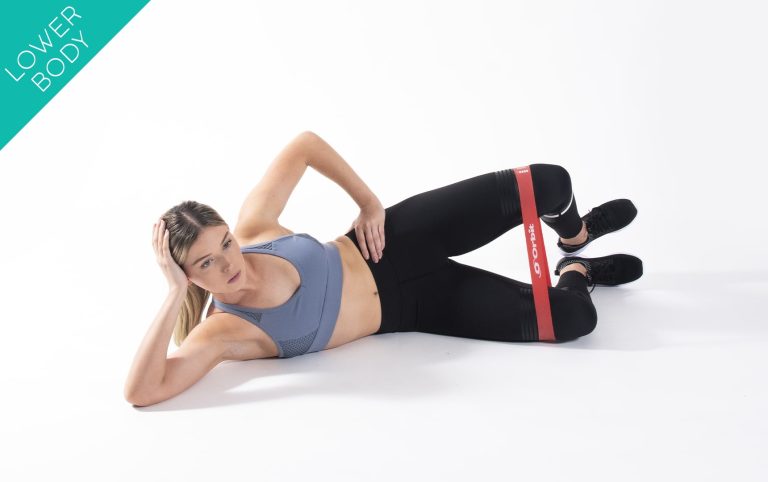Muscles Involved in Hip Flexion: Understanding Function and Exercises
The human body is a marvelous machine, intricately designed to carry out a multitude of movements. One such movement, hip flexion, is crucial for maintaining proper posture, walking effortlessly, and avoiding discomfort.
This dynamic action involves a symphony of muscles working in unison to bring the leg closer to the torso. However, when issues arise with the hip flexors, the consequences can be far-reaching.
From compromised posture to excruciating pain, the muscles involved in hip flexion hold a significant role in our day-to-day lives. In this article, we explore the fascinating mechanics of these muscles and delve into the importance of maintaining their health and functionality.
muscles involved in hip flexion
Muscles involved in hip flexion include the iliacus, psoas, pectineus, rectus femoris, and sartorius. These muscles play a crucial role in bending the hip joint, bringing the thigh forward towards the torso.
Weak or tight hip flexors can impact posture and walking, while prolonged sitting can lead to shortened and tight hip muscles, causing functional problems. Athletes are prone to injuries in their hip flexors and iliopsoas.
Issues with hip flexors can cause pain and conditions such as anterior pelvic tilt and hip pain. The hip joint, formed by the femur and hip bone, allows for various movements like flexion, extension, abduction, adduction, internal and external rotation.
Ligaments that support the hip joint include the iliofemoral, pubofemoral, ischiofemoral, transverse ligament of the acetabulum, and ligament of the head of the femur. The hip joint is supplied with blood and innervation.
Understanding the range of motion and limitations of hip movements is important.
Key Points:
- Muscles involved in hip flexion:
- iliacus
- psoas
- pectineus
- rectus femoris
- sartorius
- Weak or tight hip flexors can impact posture and walking, while prolonged sitting can lead to shortened and tight hip muscles
- Athletes are prone to injuries in their hip flexors and iliopsoas
- Issues with hip flexors can cause pain and conditions such as anterior pelvic tilt and hip pain
- Hip joint allows for various movements like flexion, extension, abduction, adduction, internal and external rotation
- Ligaments that support the hip joint include:
- iliofemoral
- pubofemoral
- ischiofemoral
- transverse ligament of the acetabulum
- ligament of the head of the femur.
Sources
https://www.physio-pedia.com/Hip_Flexors
https://www.kenhub.com/en/library/anatomy/hip-joint
https://healthfully.com/muscles-involved-in-hip-flexion.html
https://www.physio-pedia.com/Hip_Abductors
Check this out:
💡 Pro Tips:
1. Stretching the hip flexor muscles regularly can help improve flexibility and prevent tightness.
2. Strengthening the core muscles can support the hip flexors and help maintain proper posture and alignment.
3. Incorporating exercises that target the glutes and hamstrings can help balance out the strength and function of the hip flexors.
4. Avoiding excessive sitting and taking regular breaks to stand and move around can help prevent hip flexor tightness and discomfort.
5. Proper warm-up exercises before physical activity can help reduce the risk of hip flexor injuries in athletes.
1. Muscles Involved In Hip Flexion
Hip flexion is a crucial movement that involves the contraction of various muscles. Understanding these muscles can help address any imbalances or weaknesses.
The primary muscles involved in hip flexion include the iliacus, psoas, pectineus, rectus femoris, and sartorius.
The iliacus and psoas muscles are collectively known as the iliopsoas. They originate from the pelvis and attach to the femur.
These muscles play a significant role in both hip flexion and stabilizing the lower back. The pectineus, a smaller muscle located on the inner side of the thigh, also assists in hip flexion.
Additionally, the rectus femoris, one of the four quadriceps muscles, crosses both the hip and knee joints. This muscle contributes to knee extension and hip flexion simultaneously.
Lastly, the sartorius muscle, the longest muscle in the body, aids hip flexion along with the rotation of the thigh.
2. Effects Of Weak Or Tight Hip Flexor Muscles
Problems with the hip flexor muscles can have a significant impact on posture and walking patterns. When these muscles are weak or tight, it can lead to imbalances and compensatory movements, affecting overall body alignment.
Here are some common effects:
This can lead to an altered walking pattern, causing issues like a shortened stride, reduced propulsion, or a limp.
3. The Impact Of Prolonged Sitting On Hip Muscles
Prolonged sitting, a common modern lifestyle habit, can contribute to shortened and tight hip flexor muscles. The hip flexors remain in a shortened position when seated for extended periods.
Over time, this can cause the muscles to adapt to the seated posture, leading to functional problems. Some effects of prolonged sitting on the hip muscles include:
This imbalance can lead to dysfunction and poor movement patterns.
4. Common Injuries And Issues With Hip Flexors
Athletes and active individuals are prone to hip flexor injuries due to the demands placed on these muscles during activities like sprinting, kicking, and jumping. Common injuries and issues with the hip flexors include:
5. Conditions Caused By Hip Flexor Problems
Hip flexor issues can contribute to various conditions, which can impact daily activities and overall well-being. Some of these conditions include:
6. Overview Of The Hip Joint And Its Movements
The hip joint is a highly stable joint formed by the articulation of the femur (thigh bone) with the hip bone (pelvis). It allows for a wide range of movements, including flexion, extension, abduction, adduction, internal rotation, and external rotation.
The hip joint is supported by several ligaments, including the iliofemoral, pubofemoral, and ischiofemoral ligaments. The ligament of the head of the femur and the transverse ligament of the acetabulum also play smaller roles in stabilizing the joint.
The blood supply to the hip joint is provided by branches of the femoral artery and the medial and lateral circumflex femoral arteries. The innervation of the joint comes from the femoral nerve, obturator nerve, and various branches of the sciatic nerve.
Understanding the range of motion and limitations of hip movements is essential for maintaining proper hip function. The hip joint’s flexion, extension, abduction, adduction, internal rotation, and external rotation all contribute to various daily activities and movements.
In summary, the muscles involved in hip flexion, such as the iliacus, psoas, pectineus, rectus femoris, and sartorius, are vital for proper hip function. Weak or tight hip flexors can affect posture, walking, and cause pain and conditions such as anterior pelvic tilt and hip pain.
Prolonged sitting can lead to shortened and tight hip muscles, while athletes are prone to injuries in the hip flexors and iliopsoas. Understanding the hip joint and its movements, as well as the effects of hip flexor problems, can help individuals address any imbalances and ensure optimal hip health.







